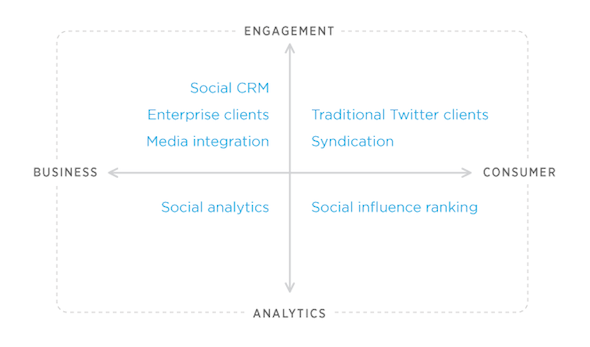Looking for ways to get social media traction at your place of work? Read on –

This past week, the 2013 European Social Media World Forum (#SMWF) conference took place in London and yours truly was lucky enough to not only attend, but also appear on one of the panels.
More on that last part shortly but first, my remit for the event was simple:
How did I get on? That remains to be seen, but here are five key takeaways that are definitely worth paying attention to.
1. Zero budget does not mean zero spend.
‘We got our social media up running internally with zero budget!’
‘Social media was a cost-free way to get our message out!’
‘We had no extra budget from our stakeholders, yet we still managed to get it launched!’Â
These statements are all fundamentally not true.
All meaningful efforts in social media need that most valuable of any company asset: hours. Without time, none of it would happen and without effort, none of it would happen properly. This seems like an obvious statement but you’d be surprised how many times it is said, heard, and believed within corporate circles. Next time someone tells you social media is cheap and easy, tell them: you’re wrong!
2. ‘If it doesn’t work on mobile, go home!’
The above statement was said by Dominic Burch (pictured above), head of social media for UK supermarket chain, Asda (part of the Wal-Mart group). This is huge. Why is this huge? Asda’s target market is Mums.
Back in 2010, Google Chief Exec Eric Schmidt took to the stage at Mobile World Congress and said his new motto was ‘mobile first‘.  Three years later and big corporations are catching on. Not only to this future-proofing concept, but also to the fact that their audiences have moved. Mums are mobile first, which means you have to be too.
Also: 56 RTs and counting.
3. Pirate Ships work.
Many of the speakers at #SMWF spoke today about ‘working outside of the rules’ and ‘circumnavigating process’; this is typical pirate ship behaviour. What am I talking about? Let me explain.
Back in days of old, pirates were able to out-manoeuvre large naval ships by being low in number, agile in their approach, and surprisingly daring in their gold-gaining strategies. Many social media teams started out in the exact same way. The lead social media head spots the opportunity to make revenue, breaks away from the pack, shoots, scores; and then – and this is key – begins to recruit more pirates to his/her cause (additional takeaway: if you can’t find another pirate internally, ‘network your face off’ within the business – Nissan’s head of social did this for years until he had the support he needed to launch the dept. formally).
From global finance companies, through to every day supermarkets – the pirate ship methodology works. If they can do it, you can too.
4. Know what you are, but also know what you’re not.
Cordell Lawrence from Jack Daniel’s gave a superb presentation in their ‘Telling, not Selling‘ session on what and how authenticity drives their social media output. All of their efforts stem from a clear brand ethos and strategy that informs everything they do both above the line and below the line, throughout social media.
The key take out (for me at least) was the ‘What Jack is’ and ‘What Jack is not’ slide. This is textbook brand strategy; strong brands know what they are, but stronger brands know what they are not. e.g.:
- Jack is traditional.
- Jack is not trendy.
- Jack is whiskey as a craft.
- Jack is not whiskey as a product.
- Jack is friendly.
- Jack is not silly or cute.
I’m from a branding background and seeing this kind of strategy warms the cockles of my heart. On top of that, and coming from an experienced community management perspective, these kind of guidelines are essential for delivering an on brand and on target social media tone of voice.
5. Help others to help yourself.
This last one really does read like some kind of meaningless platitude that wouldn’t go a miss out of a nursery book at bedtime. HOWEVER. When it comes to selling social media usage upwards in the chain of command, this could never be more true.
To provide context, and please forgive me – this really isn’t rocket science, the question and answer ran as follows:
Q: ‘How do I convince my manager that we need to use social media?’
A: ‘Simple. Find out what their objectives are; find out what their KPIs are; find out exactly what that person needs to do to do in order to attain their bonus at the end of the year and then show them how social media can help them achieve those goals.’
You’d be amazed at what making your boss look good in front of his boss will do for your efforts in social.








